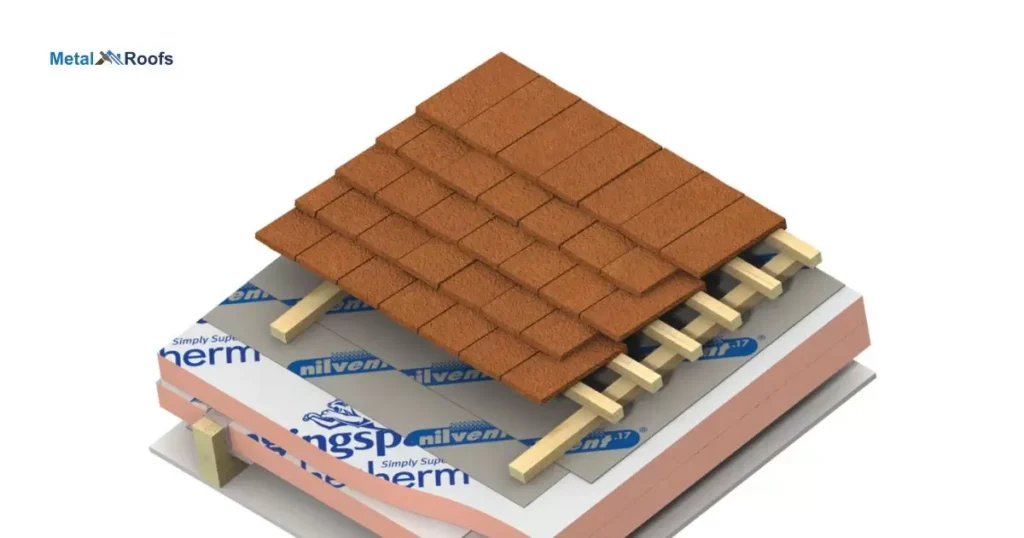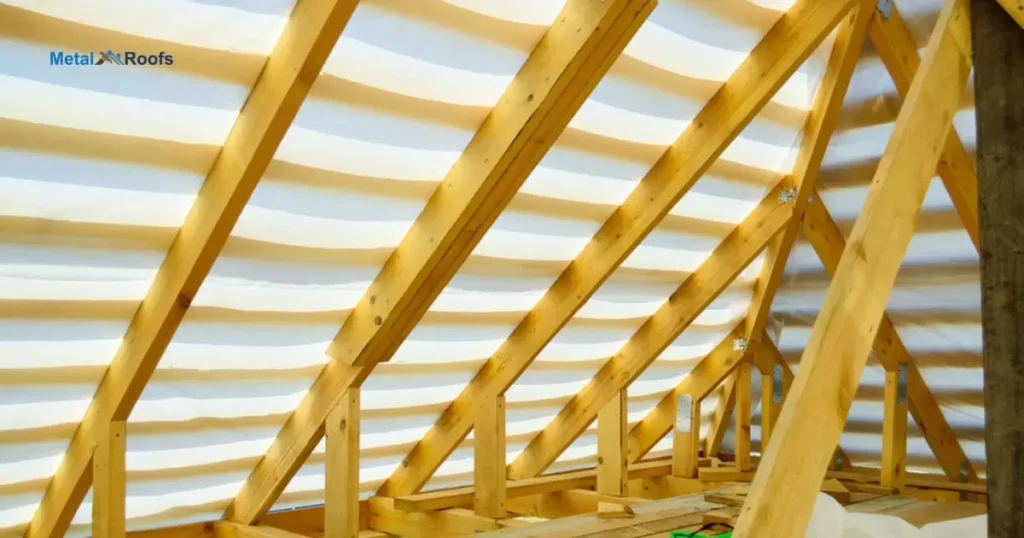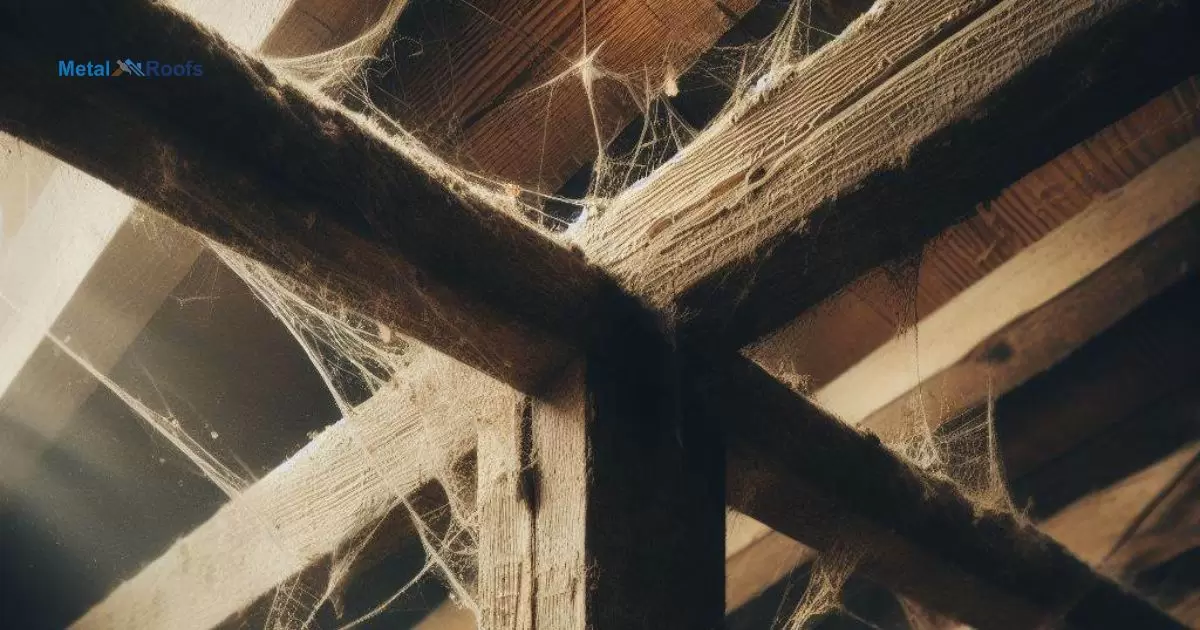2×4 rafters support the roof of an old house. They are common lumber sizes. Rafters transfer the roof’s weight to exterior walls. Old houses often use dimensional lumber like 2x4s for structural framing. Modern houses still use 2×4 rafters but space them differently.
Roof rafters are a crucial structural element. They bear immense weight loads. Old houses often used 2×4 rafters. Newer code updates improve safety and strength. Proper rafter installation prevents collapse. Rafter size and spacing impacts home value.
Rafters create the frame that supports a roof’s weight. They transfer loads to walls. 2x4s were common rafter sizes in old homes. Proper installation prevents sagging or leaking over time. Rafter spacing impacts load distribution and structural integrity. Checking rafters identifies potential issues before major problems arise.
Key Takeaways
- 2×4 rafters are common in older houses.
- They have limited load capacity compared to larger lumber sizes.
- Consulting a professional is recommended before making changes.
- Upgrades may be necessary to meet modern safety standards.
- Understanding historical context is important for renovation decisions.
Insulating an Attic With 2×6 Rafters
When insulating an attic with 2×6 rafters, consider the thickness of the insulation. Thicker insulation provides better thermal protection. Ensure proper ventilation to prevent moisture buildup. Use insulation materials suitable for the available space.
When selecting batt insulation for 2×6 rafters, ensure it fits snugly without compression and seal any air leaks for energy efficiency. Consult local building codes for requirements. Also, consider the load-bearing capacity of 2x4s for supporting the metal roof: How far can a 2×4 span for a metal roof?
Insulating Cathedral Ceiling with 2×6 Rafters

| Aspect | Consideration |
| Insulation Material | Choose suitable insulation (e.g., fiberglass, spray foam) based on R-value and installation method. |
| Ventilation | Ensure proper ventilation to prevent moisture buildup consider installing soffit and ridge vents. |
| Vapor Barrier | Determine if a vapor barrier is necessary based on climate and insulation type; consult local building codes. |
| Air Sealing | Seal gaps and cracks to prevent air leakage, enhancing energy efficiency. |
| Roofing Material | Select roofing materials suitable for cathedral ceilings; consider weight and aesthetics. |
Insulating a cathedral ceiling with 2×6 rafters involves careful planning. Begin by considering the roof pitch and local building codes. Make sure the 2×6 rafters are spaced appropriately, usually 16 inches apart.
To account for the weight of roofing materials and potential snow loads. Next, choose insulation suitable for cathedral ceilings, such as spray foam or rigid foam boards. Install the insulation snugly between the rafters, ensuring no gaps.
Cover the insulation with a vapor barrier to prevent moisture buildup. Finally, consult with a professional to ensure the insulation meets energy efficiency standards and provides adequate protection against temperature fluctuations.
Maintaining headroom with 2×4 rafters
When using 2×4 rafters, maintaining headroom is crucial. To achieve this, you may need to reduce the spacing between the rafters, ensuring they adequately support the roof. Keep in mind that closer spacing may be necessary to prevent sagging and maintain structural integrity.
Consulting with a building professional can help determine the optimal spacing for your specific project and ensure compliance with local building codes. Using engineered lumber or adding collar ties can provide extra support and help maintain headroom while using 2×4 rafters.
Insulating Old Attic-Ventilation
When insulating an old attic, ventilation matters. Good ventilation prevents moisture buildup, preserving the integrity of the insulation. Without proper ventilation, condensation can occur, leading to mold and mildew.
To ensure effective ventilation, install soffit and ridge vents. Soffit vents allow fresh air to enter, while ridge vents let stale air escape. Together, they maintain airflow, keeping the attic dry and insulated.
2×4 Rafters 24” On Center

If you’re considering using 2×4 rafters spaced 24 inches apart for your roof, there are important factors to take into account. Firstly, the pitch of your roof plays a crucial role in determining the span capability of these rafters.
Steeper roofs generally support longer spans compared to flatter ones. Secondly, to check your local building codes to ensure compliance with regulations regarding rafter size, spacing, and span. Consider the weight of your roofing materials as it affects the load on the rafters.
Finally, ensure proper support for the rafters as they typically rest on load-bearing walls or beams, influencing the allowable span. For accurate calculations and structural integrity, consulting a qualified building professional or structural engineer is recommended.
Frequently Asked Questions
Attic insulation 2×4 trusses
Insulate 2×4 trusses in the attic well. Maintain thickness for energy efficiency.
How to insulate 2×4 rafters?
Measure the space. Cut insulation. Staple vapor barrier. Seal gaps.
How far can a 2×4 rafter span without support?
In residential settings, 2×4 rafters spaced 16 inches apart typically span 5 to 7 feet without support. Calculations should consider roof pitch, material weight, and local codes for accuracy.
Conclusion
Rafter integrity impacts structural stability and roof lifespan. Rafter size, spacing, installation create strong, safe foundations. Routine inspections identify potential rafter issues early. Addressing rafter problems prevents costlier repairs later. Proper rafter maintenance maximizes home investment value.
Old homes need special rafter care and consideration. Updating, replacing improper rafters boosts safety, efficiency. Following modern codes ensures proper load distribution. Consulting professionals guides optimal rafter decisions. Prioritizing rafter quality protects home, family.











